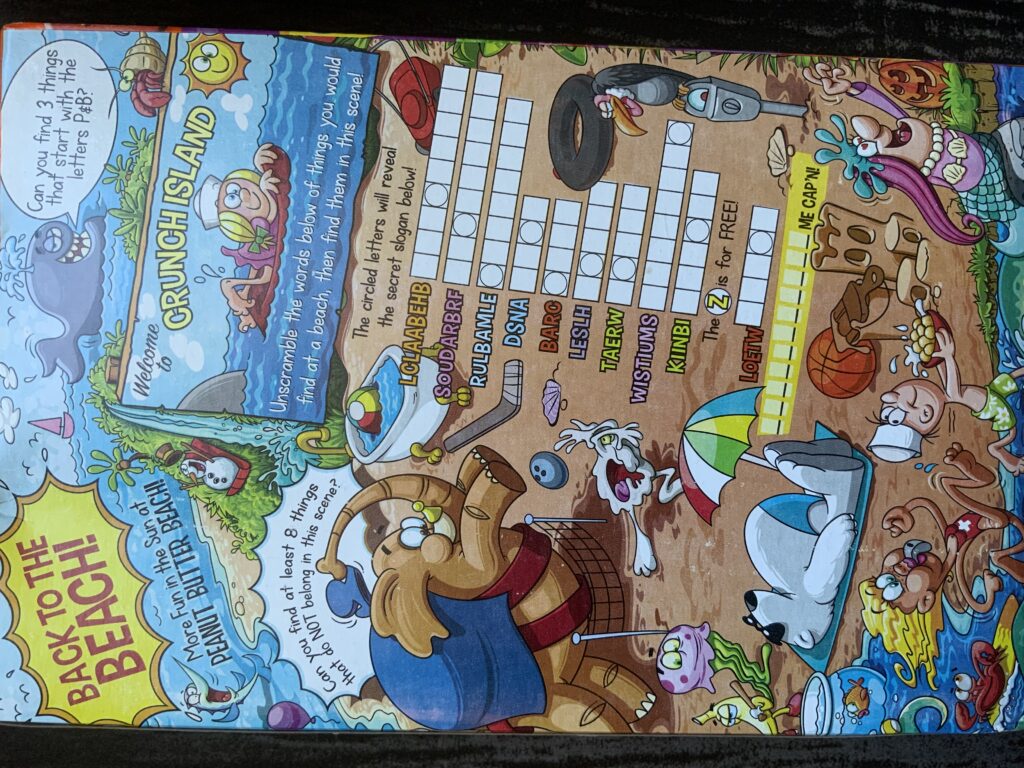Breakfast
Nothing beats getting a balanced diet; at least I‘d nearly like to think so. Starting out the day strong with a nutritious energetic meal helps keep our bodies healthy and minds sharp.
Breakfast foods that I like to eat, though these are by no means the only choices are cereals with or without milk, eggs, bread and starches, proteins, and fruits. For example, Kellogg‘s Frosted Flakes has about 110 kilocalories (kcal) per serving, which is counted at 3/4 cup or 29 grams of food (this should be without milk). Adding half cup of skim milk, which is milk with reduced or no fat, increases the total energy content to 150 kilocalories. For my children I typically give them whole milk, which may add 8 g of fat based on some estimates from a nutrition text, which should increase the energy content significantly (based on estimates of 9 kcal/g for fat). In this serving of a bowl of cereal are numerous vitamins needed for our absorption of minerals such as iron and energy, some sugar, and salts in the form of sodium and potassium. Balancing this cereal intake with proteins from eggs and some carbohydrates with jam and butter on bread would be delicious.
Cereals have become a part of my diet, and this is probably related to the fact that I watched some advertisements on the TV in my youth. I also enjoy buying cereals for the educational content that can be found on the back panels. While cereals are delicious to me, they are not necessarily the best food choices for all diets and traditions.

I found online this series of videos from Kellogg‘s [1] dating to the 1950’s, and the effectiveness of the films in persuading the benefits of having a good cereal breakfast are apparent, at least to me. A link to Kellogg‘s advertisement films that date from the 1960s are here [2]. The nutritional content notwithstanding, these films are educational to watch for their technology combining cartoon images and human videos, possibly achieved by having one video reel overlaid the other. Additional informative and entertaining aspects of the videos was to see other well known cartoon characters, such as Hannah-Barbera‘s Dastardly and Muttley, promoting the cereal brand. A modern day cereal advertisement with Tony the Tiger is found here for comparison to those from more than fifty years ago, and the degree to which cartoon animated characters and human interactions in videos has changed is striking. As the TV entered the home and then with the advent of personal filming devices, more and more unusual recordings of daily adventures and life could be found (see the link in the first reference).
In Asia, I sometimes have rice sandwich or rice balls for breakfast. During a recent quarantine stay, the breakfast sandwich given at the hotel consisted of ham, eggs, cucumber slices on bread with mayonnaise. I enjoyed the meal and wondered at the choice of packaging for the food. Perhaps giving talented comics a task to advertise and promote healthy eating is something worth a good challenge!



In the United States, daily caloric intake guidelines are quoted as around 2000 kcal for adults and children over the age of 4, based on the “Principles of Nutrition” reference. For budding teenagers and highly active individuals this value may be higher. In particular, for those with active sports routines and regimens, having sufficient nutrition from the diet is critical to on field success. A balanced diet coupled with a balanced lifestyle should lead the way to health. That means eating just enough of fruits, vegetables, grains, meat and legumes, milk, oils and discretionary foods to power an active life.
When we consider important energy sources such as proteins, a standard comparative food for proteins is eggs, which provides the following nine essential amino acids that cannot be produced within the body, histidine, isoleucine, leucine, lysine, methionine, phenylalanine, threonine, tryptophan, and valine. An analytical way to think about the protein content is in relation to the amount of nitrogen, specifically, the amount of amino acid in milligrams per amount of nitrogen in grams. Protein content is digested and absorbed by the body, and a good way to find out how much is to see what proportion (probably by weight) of nitrogen is excreted from the body, in the form of urine and feces, compared to how much is taken into the body.
References
- https://www.youtube.com/watch?v=rtmb_8gSKxU&feature=youtu.be
- https://youtu.be/i_-fb1A8GdU
- https://youtu.be/ih-0NbZLON0
- Here is/are some online film archives: Huntley Film Archives, https://www.huntleyarchives.com/.
- Tilling land video, maybe to prepare for corn field, https://www.youtube.com/watch?v=stJzteek-CY&list=TLPQMDcwOTIwMjFlzXRXjeXUUA&index=3.
- “Principles of Nutrition.” Ellie Whitney, Sharon Rady Rolfes. Thomson 2008. ISBN: 978-0-495-49561-1. (See also www.thomsonedu.com).